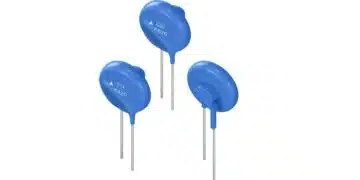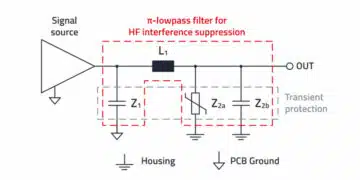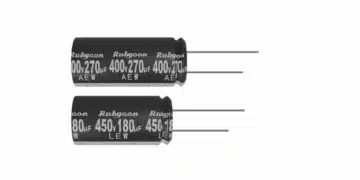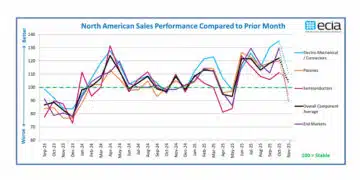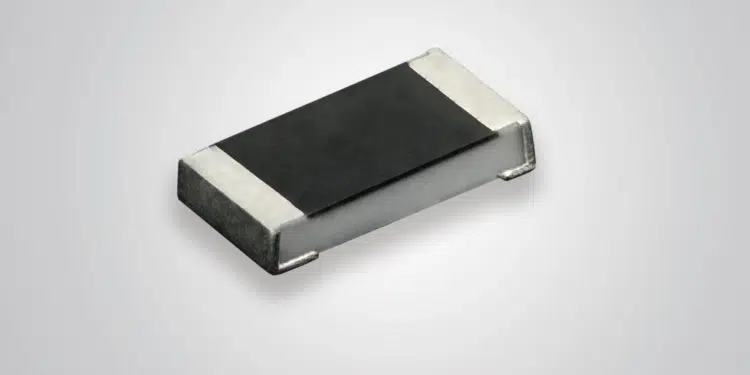AEC-Q200 Qualified Device Saves Board Space While Lowering Component Counts and Placement Costs
Vishay Intertechnology, Inc. announced that it has enhanced the Vishay Draloric RCC1206 e3 thick film chip resistor in the 1206 case size with a higher power rating of 0.5 W.
Offering twice the power of standard thick film chip resistors in this size, the RCC1206 e3 can be used in place of two parallel 1206 devices or a single device in the larger 1210 case size. This allows designers to save board space in automotive, industrial, telecommunications, and medical applications while lowering component counts and reducing placement costs.
AEC-Q200 qualified, the RCC1206 e3 features a resistance range from 1 Ω to 1 MΩ — and 0 Ω jumper — with tolerances of ± 1 % and ± 5 % and TCR of ± 100 ppm/K and ± 200 ppm/K. The resistor offers an operating voltage of 200 V and an operating temperature range of -55 °C to +155 °C. RoHS-compliant and halogen-free, the device is suitable for processing on automatic assembly systems and for wave, reflow, or vapor phase soldering per IEC 61760-1.
Samples and production quantities of the RCC1206 e3 are available now, with lead times of 10 weeks.


